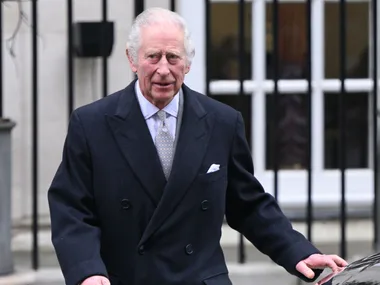At 23 years of age, the last thing Chelsea Farry expected was to be diagnosed with cervical cancer.
One year on, she considers herself very lucky and hopes her story will help educate other Australian women.
At the time Chelsea was diagnosed she was about to complete her law degree and was looking forward to starting her adult life. But a routine pap test delivered devastating news.
“When I first saw the oncologist, that was when it really hit home,” Chelsea tells Woman’s Day.
“I had surgery which confirmed I had a tumour in my cervix, and I was told that I had cervical cancer.
“I was in complete shock. No-one wants or thinks they will be told they have cancer, especially at 23. I was hoping I would wake up and it was all a dream.”
Chelsea’s diagnosis was even more devastating as she had received the cervical cancer vaccine at school. She tried to stay strong and although she had her mum supporting her every step of the way, she says she couldn’t help but think about the possibility of never having children.
Teaming up with the Australian Cervical Cancer Foundation, Chelsea is now helping to launch Sister’s Day on November 8, 2012, which encourages women to look after themselves and each other by ensuring they have regular pap tests.
Her recovery involved history-making surgery as she was just the second person in Australia to have a radical trachelectomy and pelvic lymphadenectomy.
Doctors removed her entire cervix, surrounding tissue, upper vagina and some pelvic lymph nodes. Her tumour was just under 2cm and although it had been successfully removed during the earlier surgery, there needed to be a 1cm clearance of healthy tissue surrounding the area where the tumour had been.
Had the tumour been any bigger, doctors would have had to perform a hysterectomy and remove her uterus, which would have meant she could never conceive or carry a baby.
Chelsea is now fully recovered and thrilled the operation was such a success. “I couldn’t believe it. It was very exciting that I had made history like that,” she says.
“My doctor has a DVD of my surgery and I believe he is going to use that to help teach the profession. Hopefully it will allow more women who are unfortunately diagnosed with cervical cancer to get the treatment I received and still be able to have children.”
Throughout her journey Chelsea wrote a blog and ran a Facebook page about her experience, and wants to pass her story on to other women.
“My message to all women is to have your pap test done,” she says.
“I believe my pap test saved my life. I had no signs or symptoms and did not feel sick.
“If I hadn’t made an appointment in January for my overdue test, then the tumour would have kept growing and things could have been very different for me.”
“I would say to [other women], stop being lazy, stop being complacent and stop thinking it won’t happen to you, because I thought the same thing,” she says.
“I know I was lazy and didn’t really want to go and have it done. But honestly, after going through what I have, I would much prefer to have a 15-minute test done every two years than have the tests, surgery and check-ups I go through and will continue to go through for the next five years.”
Surviving cervical cancer has only increased Chelsea’s passion to promote awareness of the disease and help women to confront their fears about pap tests.
“Cervical cancer is very real, and not only can it possibly prevent you from having children, it can also take your life away from you,” she says.
“I hope that by raising awareness and encouraging women to have their pap test done I can prevent someone from walking in my shoes and experiencing the pain of having cervical cancer.”
The Australian Cervical Cancer Foundation has also just launched a free SMS service called ‘Sign up Sister’ to remind women when their pap test is due.
You can sign up here: www.accf.org.au/signupsister.
Newsletter conversion description. Get the latest in your inbox.
























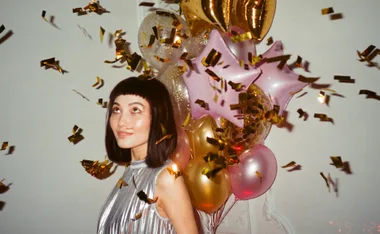
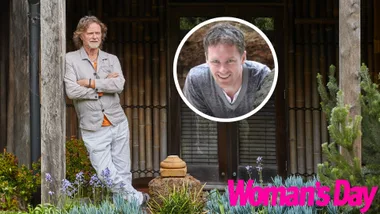
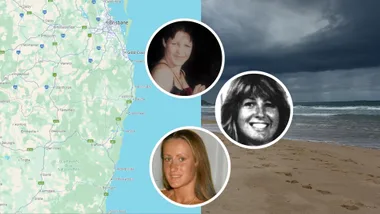




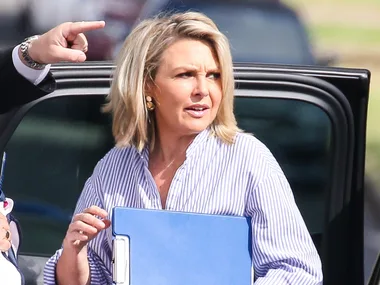
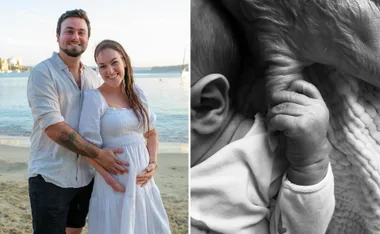
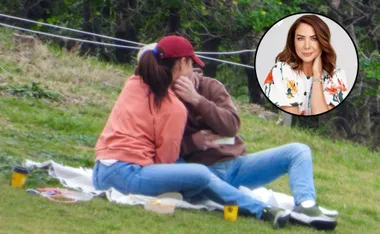









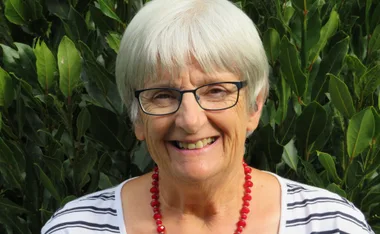











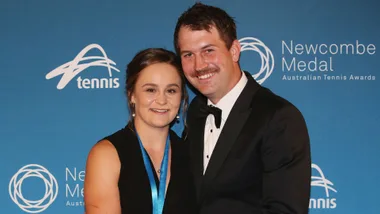






.jpg?resize=380%2C285)





















.png?resize=380%2C285)

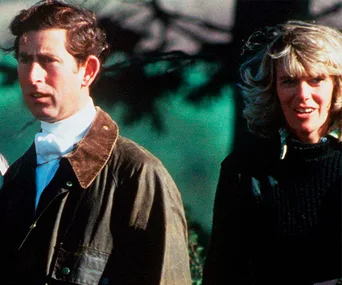
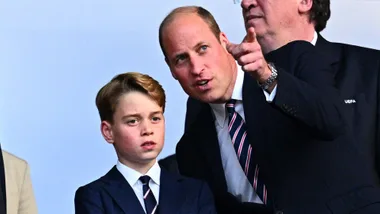
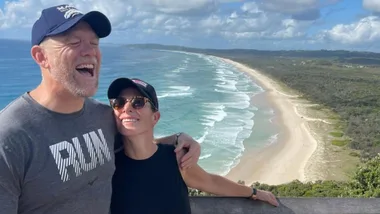

.jpg?resize=380%2C285)

